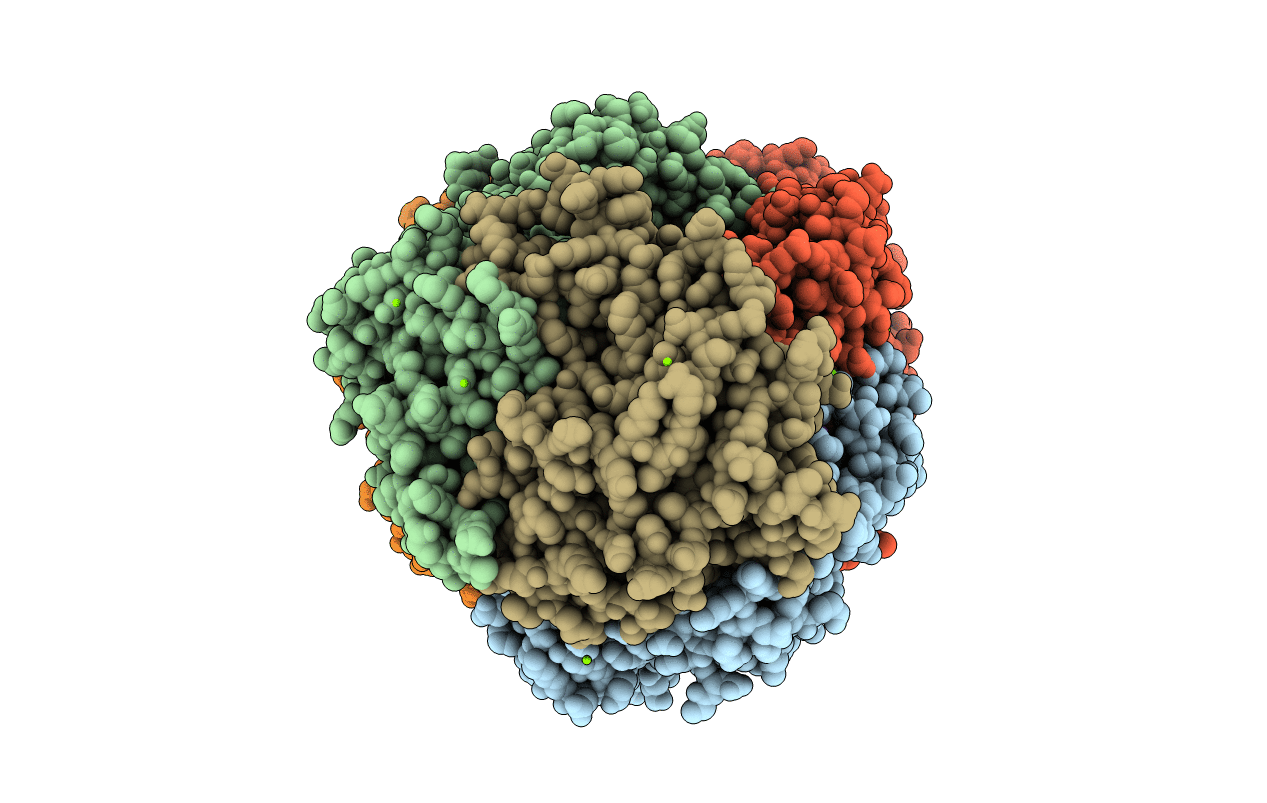
Deposition Date
2016-03-22
Release Date
2016-04-13
Last Version Date
2024-01-10
Entry Detail
PDB ID:
5G0R
Keywords:
Title:
METHYL-COENZYME M REDUCTASE I FROM METHANOTHERMOBACTER MARBURGENSIS EXPOSED TO 3-NITROOXYPROPANOL
Biological Source:
Source Organism:
METHANOTHERMOBACTER MARBURGENSIS (Taxon ID: 145263)
Method Details:
Experimental Method:
Resolution:
1.25 Å
R-Value Free:
0.12
R-Value Work:
0.10
R-Value Observed:
0.10
Space Group:
P 1 21 1


